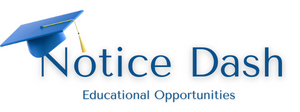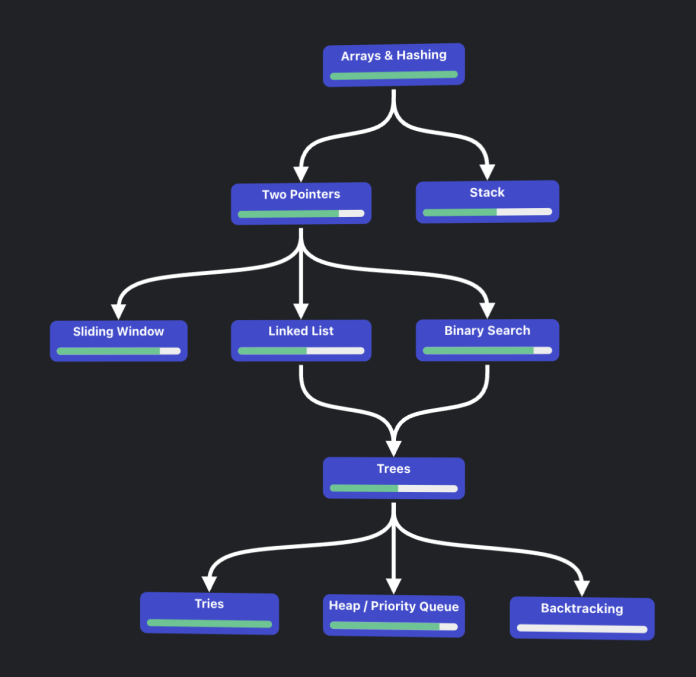In the competitive world of tech interviews, having a solid grasp of data structures is crucial. Data structures form the backbone of efficient algorithms and are a fundamental concept that interviewers use to assess a candidate’s problem-solving abilities and technical depth.
Whether you’re a computer science student, a bootcamp graduate, or an experienced developer, preparing a comprehensive data structures roadmap can be the key to acing your coding interviews. In this article, we’ll outline a strategic approach to mastering data structures, ensuring you’re well-equipped to tackle even the trickiest of interview questions.
- Start with the Basics
Before diving into complex data structures, it’s essential to have a firm understanding of the fundamental concepts. Familiarize yourself with the following topics:
- Arrays and Linked Lists
- Stacks and Queues
- Trees (Binary Trees, Binary Search Trees, and Tries)
- Graphs
These basic data structures are the building blocks for more advanced concepts and are frequently used in coding interviews.
- Dive into Advanced Data Structures
Once you’ve mastered the basics, it’s time to explore more complex data structures. These include:
- Heaps (Min and Max Heaps)
- Hash Tables and Hash Maps
- Disjoint Sets (Union-Find)
- Segment Trees and Binary Indexed Trees
While these data structures may not be as commonly used in interviews, having a solid grasp of them can give you an edge over other candidates and demonstrate your depth of knowledge.
- Practice, Practice, Practice
The key to mastering data structures is to practice implementing them from scratch. Start by writing code to create and manipulate each data structure, ensuring you understand the time and space complexities of the various operations.
Additionally, solve coding problems that involve the use of different data structures. Sites like LeetCode, HackerRank, and Cracking the Coding Interview provide a wealth of practice problems categorized by data structure.
- Understand Trade-offs and Use Cases
Knowing when to use which data structure is just as important as understanding how they work. Study the pros and cons of different data structures, their time and space complexities, and the scenarios in which they excel or fall short.
For example, understand when to use a hash table over a binary search tree, or when a heap is more suitable than a sorted array.
- Brush up on Algorithms
Data structures and algorithms go hand in hand. As you study data structures, make sure to also review the fundamental algorithms that operate on them, such as:
- Sorting algorithms (Merge Sort, Quick Sort, etc.)
- Search algorithms (Binary Search, Breadth-First Search, Depth-First Search)
- Graph algorithms (Dijkstra’s Algorithm, Kruskal’s Algorithm, etc.)
Being able to analyze the time and space complexities of these algorithms and how they interact with different data structures is a valuable skill for coding interviews.
- Mock Interviews and Code Reviews
Once you’ve built a solid foundation in data structures and algorithms, it’s time to put your skills to the test. Participate in mock interviews with peers or online coding platforms, and seek feedback on your solutions. Code reviews can help you identify areas for improvement and gain insights into alternative approaches.
By following this comprehensive data structures roadmap and consistently practicing, you’ll not only increase your chances of success in coding interviews but also develop a deeper understanding of computer science fundamentals that will benefit you throughout your career.
Remember, mastering data structures is a journey, and consistent effort and dedication are key to achieving your goals. Good luck!



